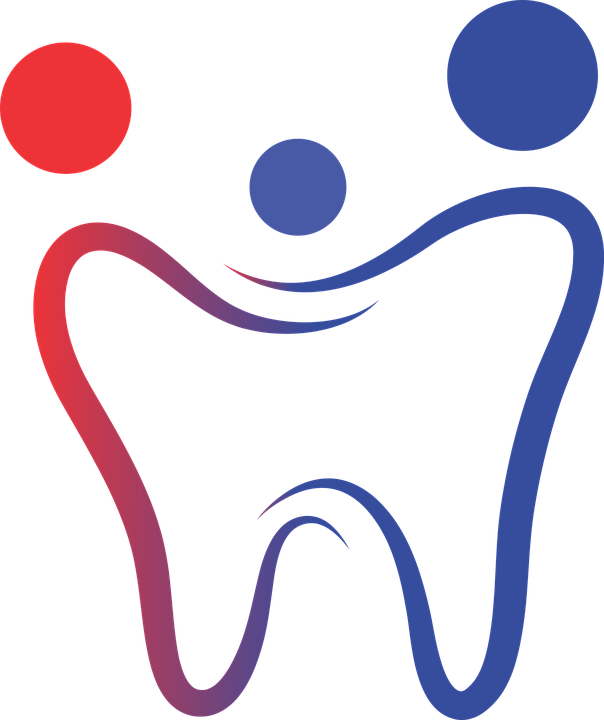People who are concerned about their skin’s appearance have become more interested in youthful, supple-looking skin.
With the increased availability of non-invasive therapies, injectables have grown in popularity.
You may have a little surgery performed during your lunch break and be completely recovered by the time you need to leave work the next day.
All you have to do is conduct some research on the treatment, discover a Botox in Faversham with a doctor who is qualified to perform that procedure, and see whether it is something that will benefit your skin and health.

What is in Botox?
Botulinum toxin type A or Botox is a drug used for muscle paralysis both as a cosmetic procedure and to assist with recovery during injuries. Popular aesthetic clinics like Faversham Smiles use it for the removal of fine lines and wrinkles and to control severe sweating and dentists have used it to relax the muscles in the jaw of patients who grind their teeth or have locked jaws because of stress, but what is in it?
The bacterium Clostridium Botulinum paralyzes the neuromuscular junction. It blocks the release of acetylcholine in the muscles, resulting in temporary paralysis in the location where it was injected. Botox is made up of this chemical. There are a few alternative uses for Botox in the face area that don’t include wrinkle removal but can still give the patient a more attractive appearance.
Botox vs. fine lines
As we age, our skin loses collagen, and reproduction slows drastically after the age of 25.
Young children take collagen on a daily basis until they reach the age of seven, teens begin to produce less collagen after they reach puberty and begin their menstruation cycle, and women begin to lose their productive ability in their early twenties.
Collagen production decreases after menopause, resulting in deeper wrinkles around the eyes, nose, mouth, and forehead.
Those lines can also appear down the neck and bust in some circumstances, depending on the quantity of UV light exposure.
Topical treatments can be used to try to slow down the aging process in wrinkle-prone areas of the face, but they can only imitate the effects of Botox, not create the same result.
Hyaluronic acid is the closest topical treatment that can be applied topically to act as a filler for fine lines or areas of the face that have lost their volume due to aging or dramatic weight loss, but it will take a long time to see results unless the product is a medical-grade prescription from a Dermatologist. After 7 to 10 days, you should start seeing Botox benefits. After 7 to 10 days, you should start seeing Botox benefits.
Injectable
Botox is a toxin that is measured in units and injected into the muscle through the skin.
For severely sensitive individuals, a numbing cream can be used, but in most situations, the treatment is quite rapid and requires no numbing because there is little to no discomfort.
Unlike a typical facial, where the cost is fixed regardless of the process, each area is treated with a certain number of units, so the treatment price may vary depending on the amount of work required per area. Injections are usually given at the hairline to raise the brows and forehead, above the brow area to treat frown lines, around the temples to treat crow’s feet, and around the nose and mouth to treat laugh lines.
The unit amount for the forehead can range from 10 to 30 units and lasts for 3 to 4 months on average.
The earlier you begin preventative treatments, the longer they will last; nevertheless, you should avoid having too much done too soon.
If Botox is used too frequently, it might thin the skin, especially over the forehead, and possibly induce irreversible muscle paralysis.
Treatments for sweat and bladder problems
Excessive sweating, also known as hyperhidrosis, is a common phenomenon in humans.
There is no distinct body type associated with this, as it can affect men and women of different sizes.
The hands, feet, and underarms are the most commonly affected areas, but the face can also be treated in some situations.
When nerve endings are treated with Botox, the sweat glands are prevented from producing excessive perspiration.
Unlike the face, the treatment can last up to a year and a half, but it is not a permanent solution and must be repeated.
It used to be used to treat incontinence caused by a weak bladder.
This is the last resort for anyone with a neurological condition that has impacted the bladder and cannot be addressed with activities to strengthen the bladder walls.
There is minor discomfort and no real pain when having the surgery done, but in rare situations, there may be a pain when peeing shortly after the treatment, blood in the urine, UTIs, or intestinal irritation.
None of this is permanent, and the situation will return to what it was before the Botox was used to cure the problem, but if any adverse effects persist for longer than the recommended time, a doctor should be alerted right once. Click on www.favershamsmiles.co.uk for more information for more information
